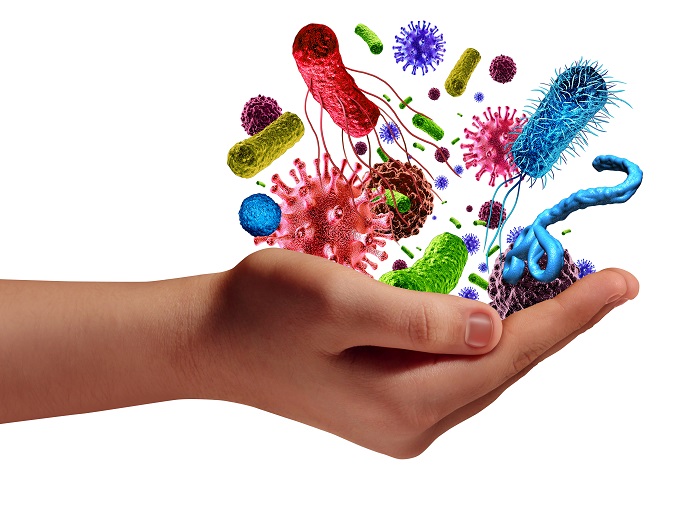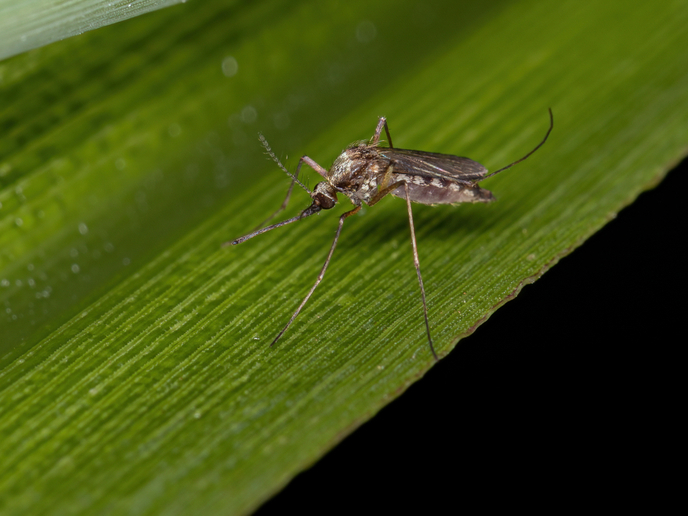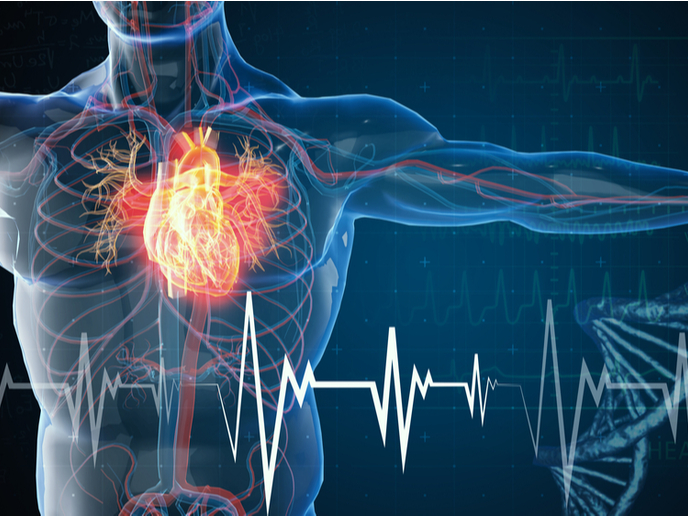Comparing the male and female brains
As these differences are manifest even in socially naïve animals, the traits are likely to be genetically determined and developmentally programmed. The SEX-DIMOR-REP-BEHAV project investigated the role of nerve circuitry in the brain and those chemicals that trigger social responses, pheromones. Project researchers used a new mouse model that is half wild knockout and half lab genetically. The result is a wild mouse (wild backcrossed model) that carries the mutation for any pheromone under study. The wild backcrossed model was compared with wild-caught and laboratory-inbred mice. Results showed there is a profound female bias in anxiety-related response, as well as aggression towards other females and directed towards their pups. SEX-DIMOR-REP-BEHAV then turned to the effect of gene TrpC2 — a gene that was shown to mediate pheromone-evoked social behaviour in laboratory mice. TrpC2 is responsible for aggressive behaviour towards pups. Furthermore, loss of sexual preference and elevation of male-typical sexual behaviour were evident in the wild backcrossed model. To check their observations, the scientists built semi-natural enclosures with a tracking system for the mice. In this environment, the mice were free to mix irrespective of their age, sex and genotype. Pheromone-initiated behaviours such as chasing, sexual behaviour, aggression, sociability level, social hierarchy and discrimination could be followed and verified with ease. The new wild mouse model can be used by researchers to study other traits that have been lost through inbreeding in the lab animal. The newly designed housing complete with tracking can be applied to sexual and social responses in mammals. Knowledge gained can provide a platform for the investigation of the basis of autism spectrum disorders.







